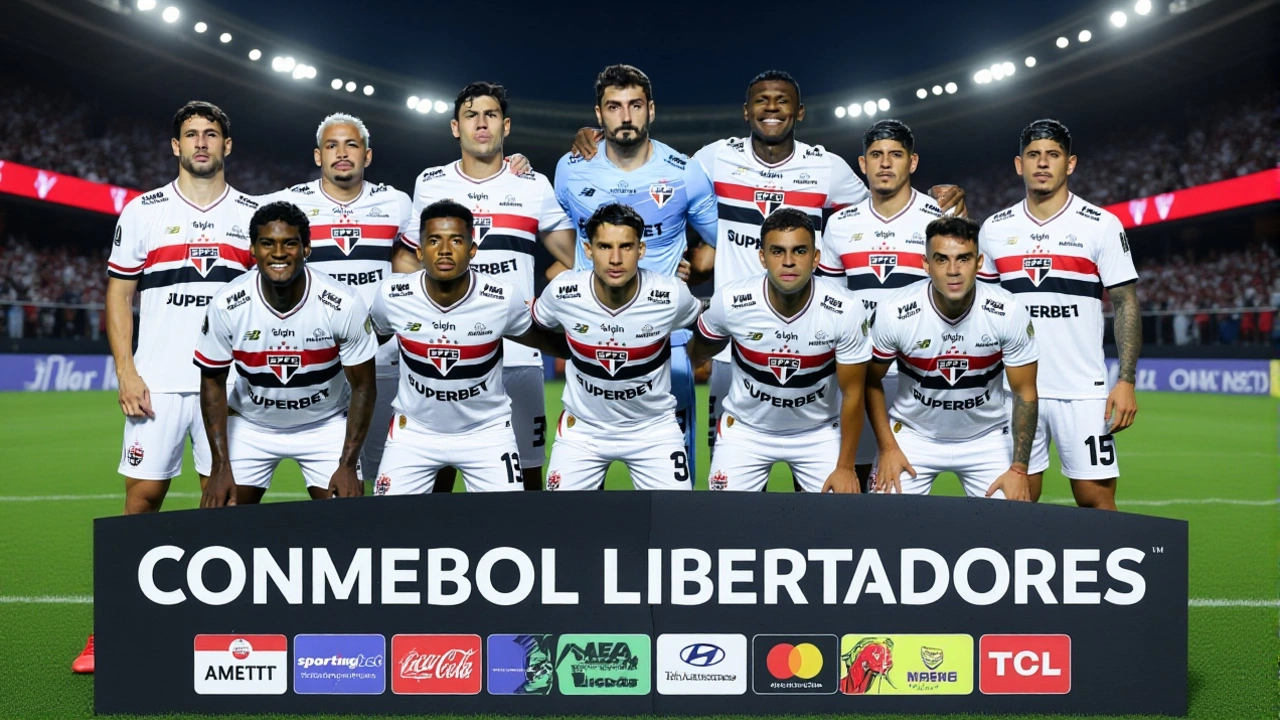São Paulo FC – History, Passion and the Thrill of Speed
When you hear São Paulo FC, you picture a club that has won six national titles, collected three Copa Libertadores trophies, and built a fan base that fills stadiums with red, white and black. São Paulo FC, a professional football club from São Paulo, Brazil, founded in 1930 and competing in the top tier of Brazilian football is more than a team; it’s a cultural institution that mirrors the energy of Brazil’s love for speed.
The club’s daily battles take place in the Campeonato Brasileiro, the premier Brazilian football league where clubs vie for the national crown each season. Playing against giants like Flamengo and Palmeiras, São Paulo FC constantly pushes tactics, fitness and technology to stay ahead – a mindset that echoes the relentless innovation seen on the racing track.
Brazil’s obsession with fast machines isn’t limited to football. Formula 1, the world‑class open‑wheel racing series that showcases cutting‑edge engineering and driver skill has deep roots in the country, from legendary drivers to a passionate fan base that fills grandstands in Rio and São Paulo alike. The club’s own marketing arm often partners with automotive brands, turning match‑day excitement into cross‑promotional events that feature high‑performance cars and even test‑drive experiences for supporters.
That crossover isn’t just hype. Recent rumors about Ferrari eyeing an IndyCar entry have sparked conversations among São Paulo FC fans who love both the beautiful game and the roar of an engine. The club’s “Tricolor” supporters have organized watch parties for the Indianapolis 500, drawing parallels between the strategy of a pit stop and the split‑second decisions a forward makes in the box‑pen. These shared moments highlight how the energy of a football match can feel just as intense as a lap at Indianapolis.
And it isn’t only Formula 1 that fuels the excitement. MotoGP, the premier class of motorcycle racing where riders push two‑wheel machines beyond 200 mph draws a similar crowd in Brazil, especially in São Paulo’s urban circuits. The club’s youth academy sometimes collaborates with local MotoGP teams to teach young athletes about balance, reflexes and mental toughness – skills that translate directly onto the football pitch.
Technology is the invisible glue that links football and motorsport. Computer engineers who design simulation software for F1 cars also help football clubs analyze player movement data, set‑piece efficiency and injury risk. The same data‑driven approach that a race engineer uses to tweak a car’s aerodynamics can inform a coach’s decision on positioning a striker during a counter‑attack. This blend of sport and science makes São Paulo FC a perfect case study for anyone curious about how analytics shape modern competition.
Speaking of skill development, the pathway to becoming a professional footballer shares surprising similarities with a driver’s ladder. A youngster starts in local leagues, just as a future racer begins in karting. Both must earn licenses, find sponsors, and prove themselves in increasingly demanding environments. The club’s outreach programs often feature guest speakers from the motorsport world, showing aspiring players that dedication, discipline and a love for speed are universal ingredients for success.
Fans, too, feel the crossover. The roar of a crowd after a last‑minute goal mirrors the cheers that erupt when a MotoGP rider overtakes on the final straight. Social media groups dedicated to São Paulo FC frequently discuss race results, driver contracts and even the latest IndyCar qualifying times, proving that the club’s community embraces a broader love for high‑octane entertainment.
Brazil’s sporting identity thrives on this blend of football flair and racing adrenaline. Events like the São Paulo Grand Prix draw tourists who also buy tickets to see the football club play, creating a synergistic tourism boost for the city. The shared passion fuels local economies, sponsors, and a sense of pride that both the Tricolor and the Brazilian Grand Prix bring to the nation.
Below you’ll find a collection of articles that dive deeper into these connections: from the engineering tricks behind F1’s fastest laps to the career paths of aspiring race car drivers, from MotoGP’s mind‑blowing speeds to the challenges of growing motorsport culture in places like India. Each piece offers a fresh angle on how speed, skill and strategy intersect across the worlds of football and racing.
So, whether you’re here for São Paulo FC’s storied victories, the torque of a Formula 1 engine, or the thrill of a MotoGP sprint, the stories ahead will give you insight, inspiration and plenty of reasons to keep your heart racing. Let’s jump into the lineup and see what’s waiting for you.
